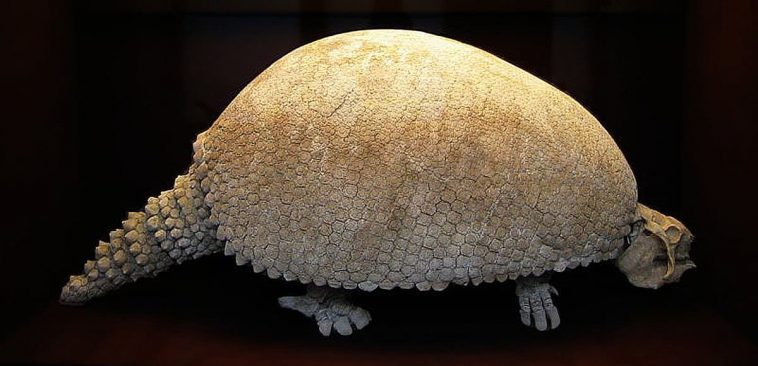The Cenozoic Era plays a significant role in the history of the Earth. It is the third era chronologically documented in world records which began about 65 million years ago. It has been continuing till date and encompasses all evolution events that have happened so far after the dinosaurs. The Cenozoic period has witnessed the formation of the current geographical locations of the continents and their modern-day inhabitants, including humans and animals. This era began at the time of close of the Cretaceous Period that saw an end to the remaining non-avian dinosaurs. The Cretaceous-Paleocene extinction event, making all dinosaurs extinct, occurred before this era. This era includes the Paleogene Period, the Neogene Period and the Quaternary Period. We will discuss Cenozoic Animals.
It is to be noted that the Cenozoic Period had a much warmer climate than that of today. This Cenozoic Era has rightly been called the Age of Mammals. This era saw the birth and growth of many groups of smaller species of mammals because their giant mammalian predators no longer existed. With the dinosaurs gone, the earth’s plant life had an opportunity to flourish during the Cenozoic Era which led to the diversification of the flora and the fauna. Below we list out the top 10 Cenozoic animals that marked this era with their uniqueness. This includes some surviving dinosaurs, birds, cave lions, sabre-toothed cats, cave bears, giant deer, woolly rhinoceroses, in the Quaternary Period, and some bovids, sheep, goats, antelope, and gazelle, during the Neogene period. Here is the list of Cenozoic Animals,
Cenozoic Animals
1. Woolly Rhinoceros
The Woolly Rhinoceros is an extinct species of rhinoceros, which evolved from an earlier form, Dicerorhinus. It originated in unknown parts of northeastern Asia as identified by the discovery of a number of fossils in the Tibetan Plateau and Siberia. This iconic animal was massive in size, with two large horns toward the front of the skull. Its body was covered with a thick coat of hair. It entered the European region and became extinct at the end of the most recent glacial period in the Ice Ages.
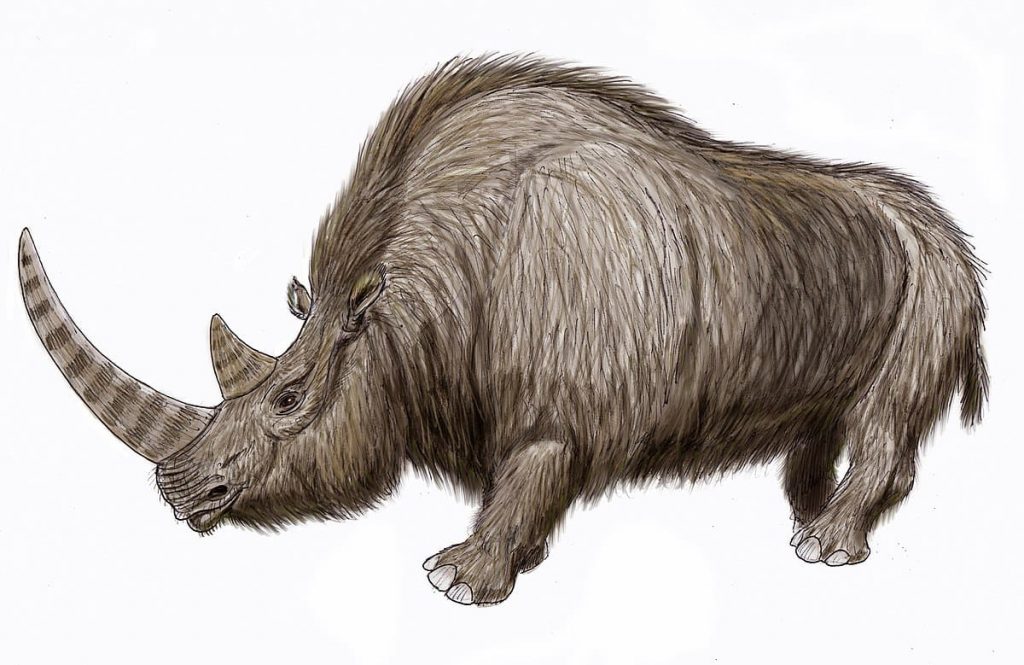
Image Source: Wikimedia
2. Stag Moose
The elk moose or stag-moose was an extinct species of large moose that lived in North America during the Late Pleistocene epoch. It was a large moose-like animal that looked like a cross between a stag (or elk) and a moose. It had large antlers that were more complex than those of a moose and a muzzle. The stag-moose led a life very similar to that of the modern moose. It hunted large herbivores. It went extinct during the Pleistocene-Holocene transition about 10,000 years ago.
Also Read: Top 10 Species of the Eocene Period
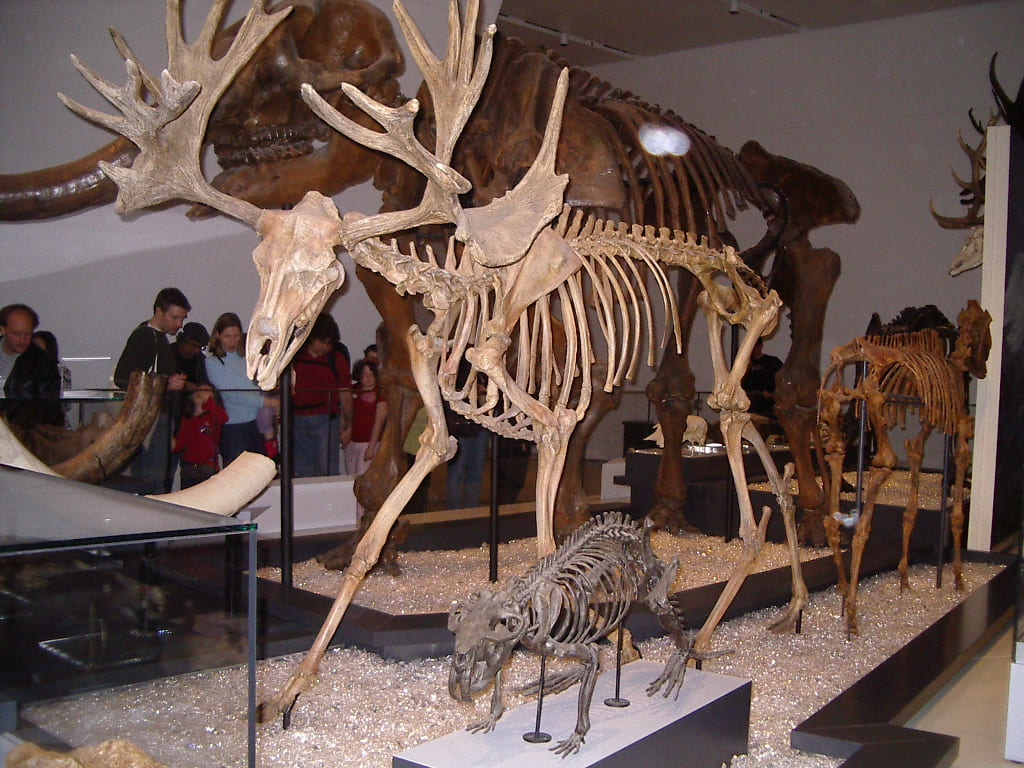
Image Source: Wikimedia
3. Smilodon or Saber-toothed Cats
Smilodon is one of the most famous prehistoric mammals, who inhabited South America. It is commonly known as the sabre-toothed tiger, though it was not closely related to the tiger or other modern cats. They were frightening and ferocious Cenozoic predators with their enormous, deadly-sharp canines. Smilodon was more robustly built and had well-developed forelimbs and long upper canine teeth. Its jaw could open much wider than many modern carnivores.
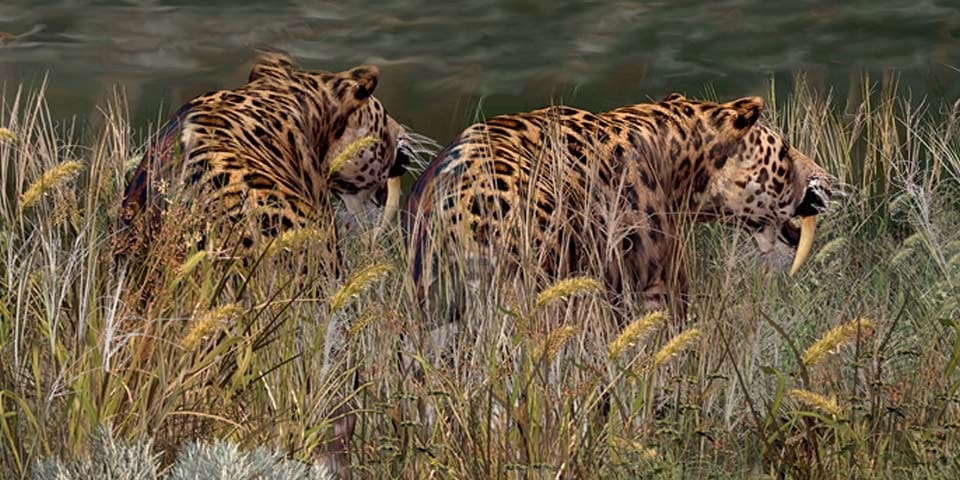
Image Source: NPS GOV
4. Terror Birds
The Terror birds were an extinct clan of large carnivorous flightless birds. They were the largest predator bird species in South America during the Cenozoic era; these birds had hooked beaks and large wings which they could flap fast at great speeds to glide and jump over large distances. The Terror Bird grew tall up to 8- 12 feet tall, and though they could not actually fly, they could leap and sprint at high-speeds.
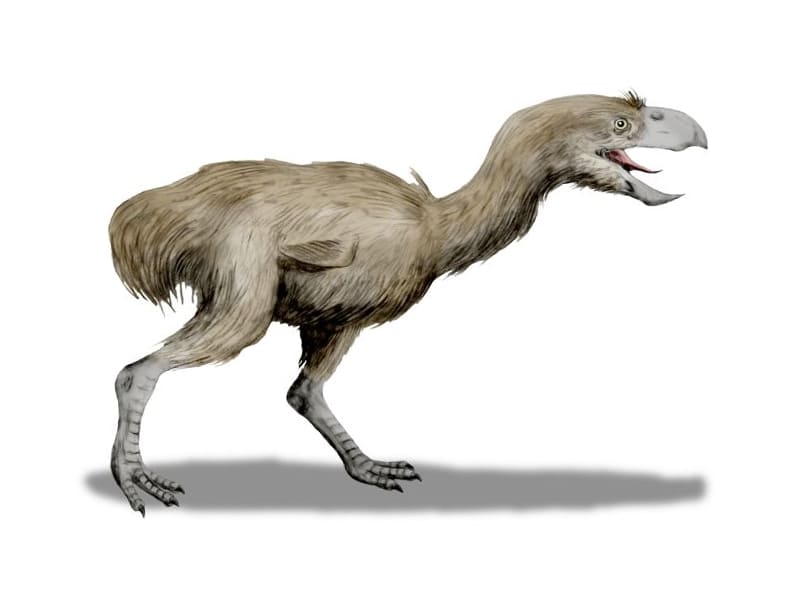
Image Source: Wikimedia
5. Glyptodon
The Glyptodon was a class of large, heavily armoured mammals who were the pre-historic relatives of armadillos. They lived during the Pleistocene epoch approximately 2 million to 10,000 years ago. They were dinosaur-sized armadillos, with a huge, round, armoured carapace that was as long as 1.5 meters. They had stubby, turtle-like legs, with a blunt head on a short neck. They inhabited the modern-day south American regions and went extinct about 10,000 years ago.
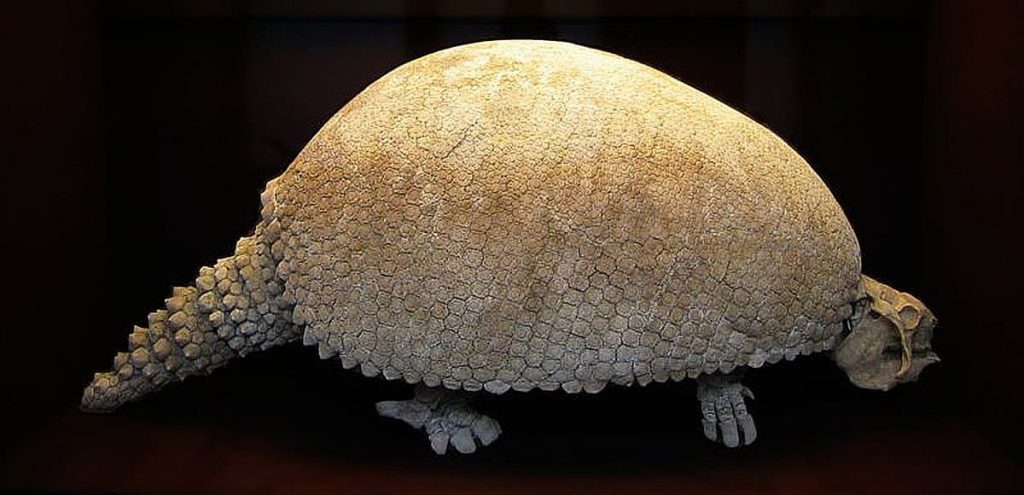
Image Source: Wikimedia
6. Moropus
The Moropus were the ancestors of horses, rhinos, and tapirs. They belong to the group called Chalicotheres, which were native to North America during the Miocene. These animals existed for approximately 6.8 million years. The Morpheus was as large as a modern horse. However, it had claws instead of hoofs. Its forelimbs were longer than the hind limbs. The back of the Moropus sloped downward. This animal did not graze like horses but instead used its large claws to dig up roots and other grasses.
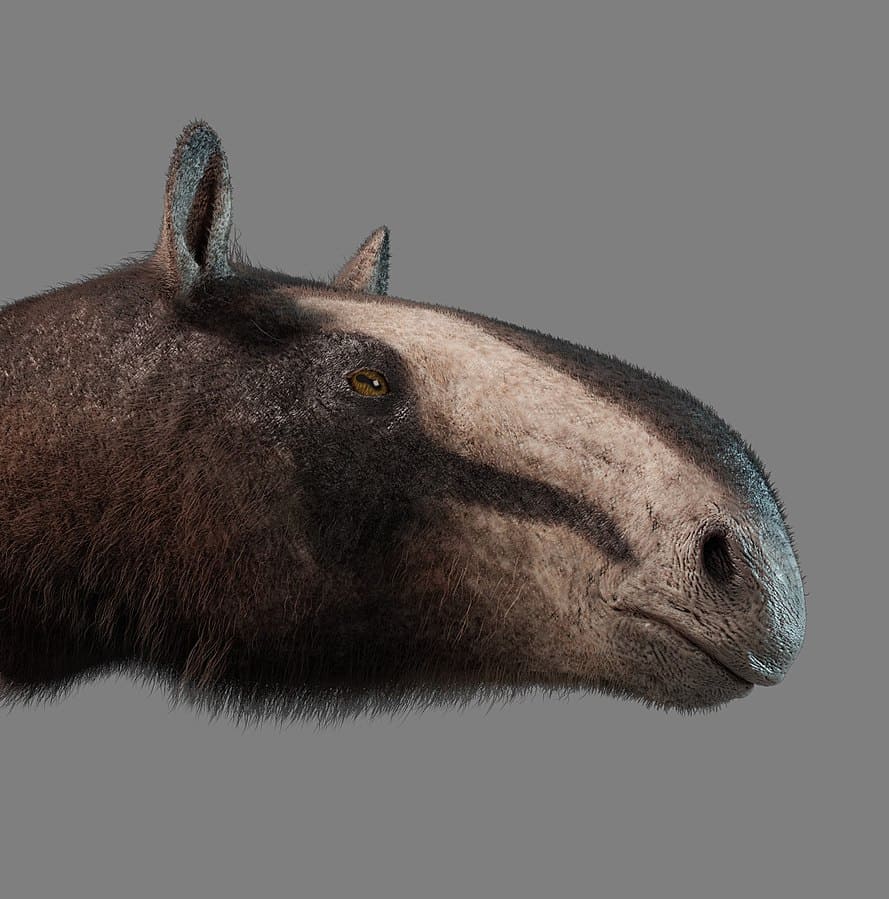
Image Source: Wikimedia
7. Pantodont
Pantodontas were pre-historic herbivorous mammals. They evolved around 65 million years ago after the end of the Cretaceous. They varied in size from that of rabbits to rhinos. Barylambda was one of the largest Paleocene mammals. It weighed around 650 kg. Their habitat and lifestyle were similar to the current time ground sloth. Pantodonts died out at the end of the Eocene, which was around 34 million years ago.
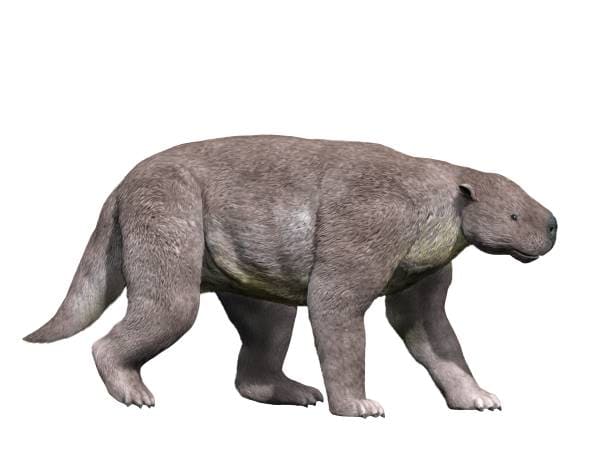
Image Source: Wikimedia
8. Titano Boa
Titano boa was a giant monster among prehistoric snakes. They thrived in modern-day Colombia. These huge pythons could grow up to 13 m long and weigh as much as of 1,100 kg. Titanoboa was twice as long and four times as heavy as the modern-day giant anaconda. They were 3 feet in diameter at the thickest! Their fossils excavated date to around 58 to 60 million years ago.
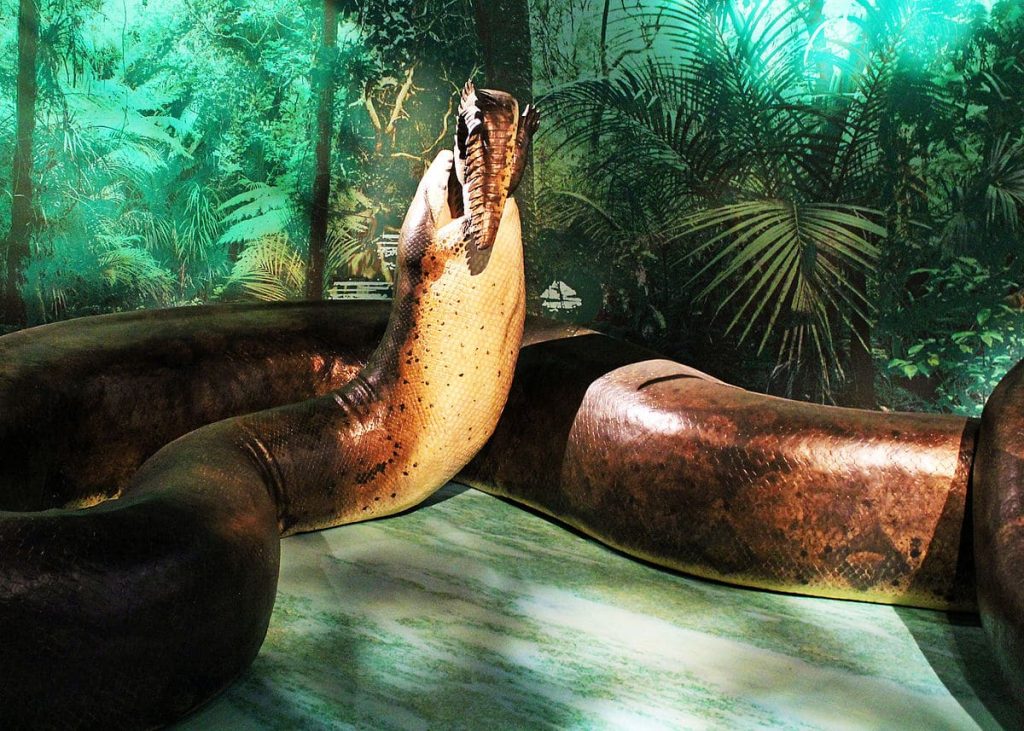
Image Source: Wikimedia
9. Purussaurus
The Purussaurus was a prehistoric giant reptile that lived in the Amazon region about 8 million years ago. It had a bite twice as powerful as that of a T- Rex. It could exert a massive pressure of up to 11 tonnes that is 20 times the strength of a white shark’s bite! It had a strong skull with triangular teeth to grip large prey. The geological movements that led to the rise of the Andes mountain range led to its extinction.
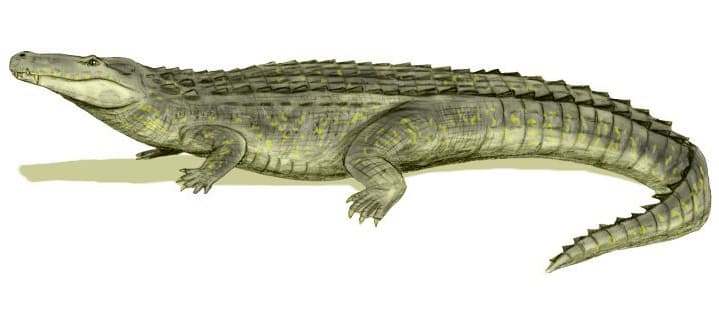
Image Source: Wikimedia
10. Megalodon
The Megalodon was the Mega Shark of the Cenozoic period that lived about 23 to 3.6 million years ago. It had a huge body, but a short nose with a flattened jaw. It had very long pectoral fins to support its great weight and size. The Megalodon was about 3 times the length of a modern-day Great White shark. It had a powerful bite with a jaw full of big teeth. Its massive fossils came to be named as Carcharocles megalodon –which means “big-toothed glorious shark.”
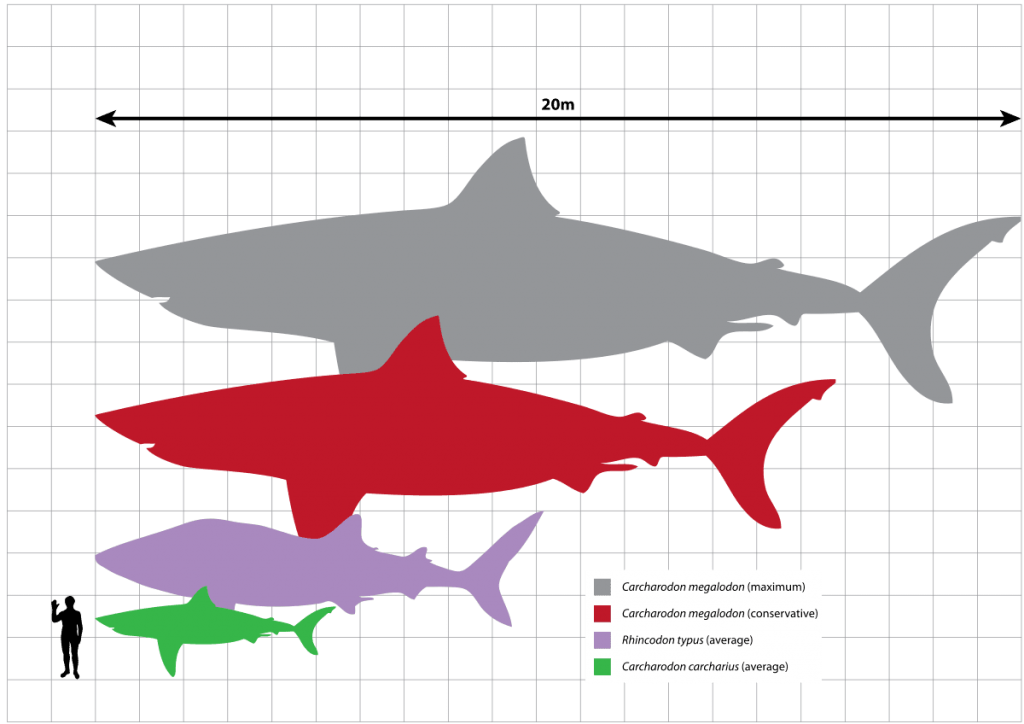
Image Source: Wikimedia
These are some of the glorious animals that walked the earth in the Cenozoic Era and left their giant footsteps for us to revive and remember. The Quaternary period of the Cenozoic era continues until today and has seen the rise of primates and early humans. Each segment of the Cenozoic experienced different climates and formation of various landscapes along with the famous Continental drift that leads to the modern-day world formation. Each period has seen the development of various animal species and plays its part in the evolution of life on our Earth. These are the 10 Cenozoic Animal. Kindly share and do post our comments.



